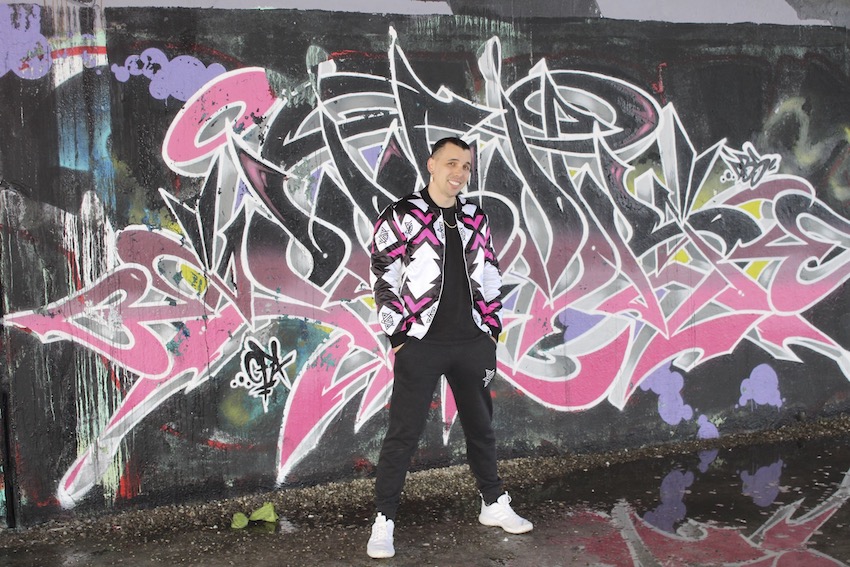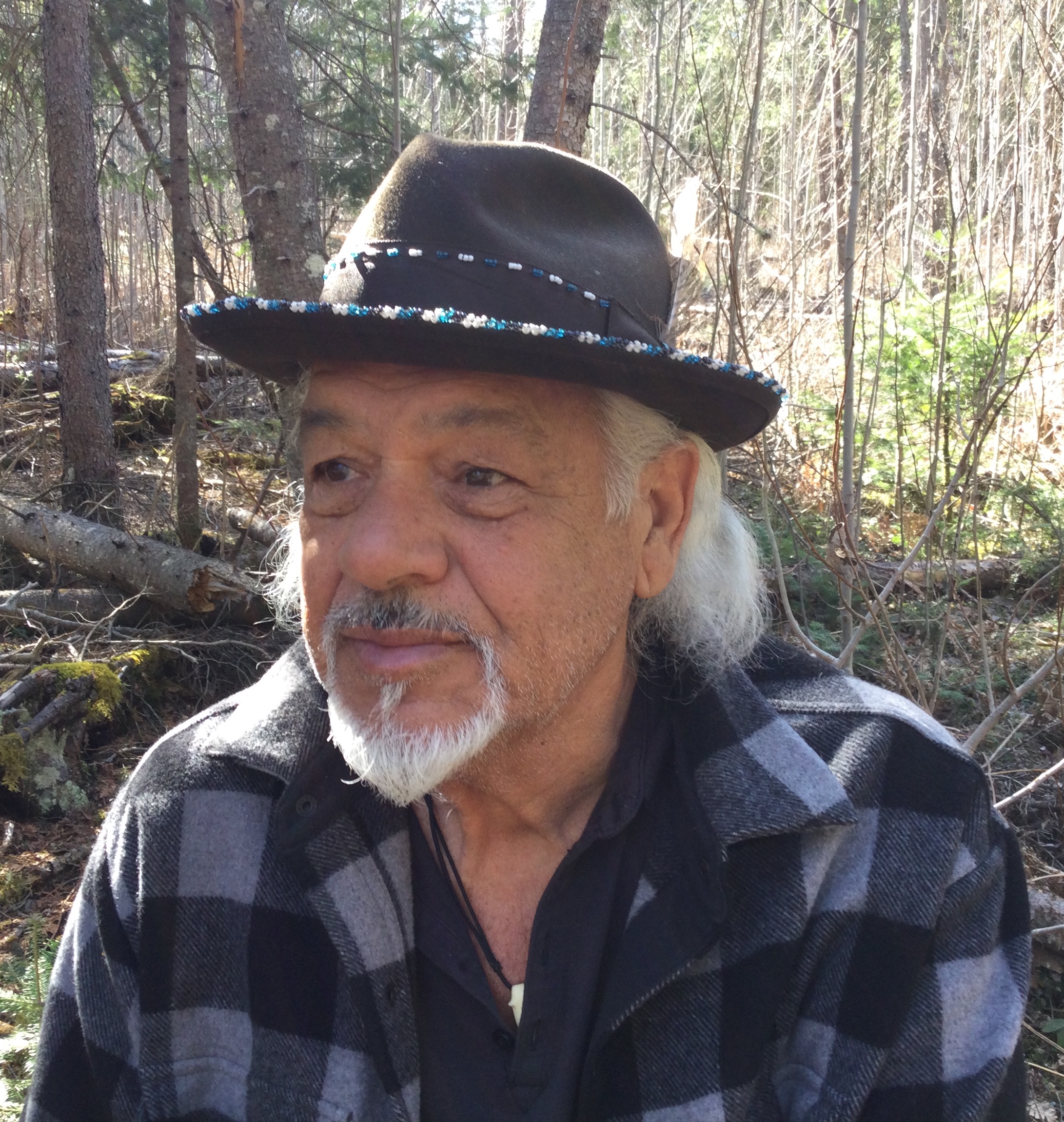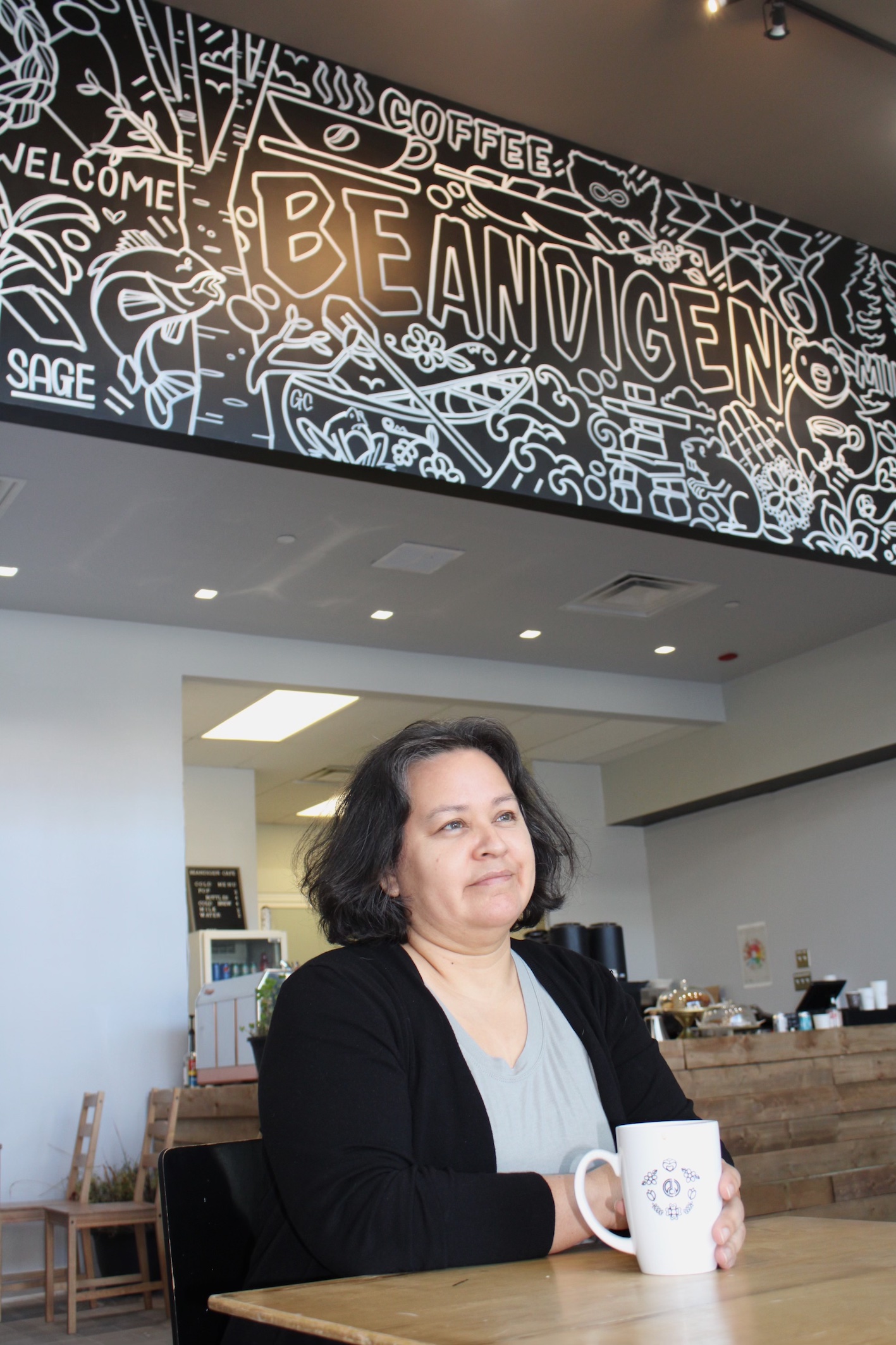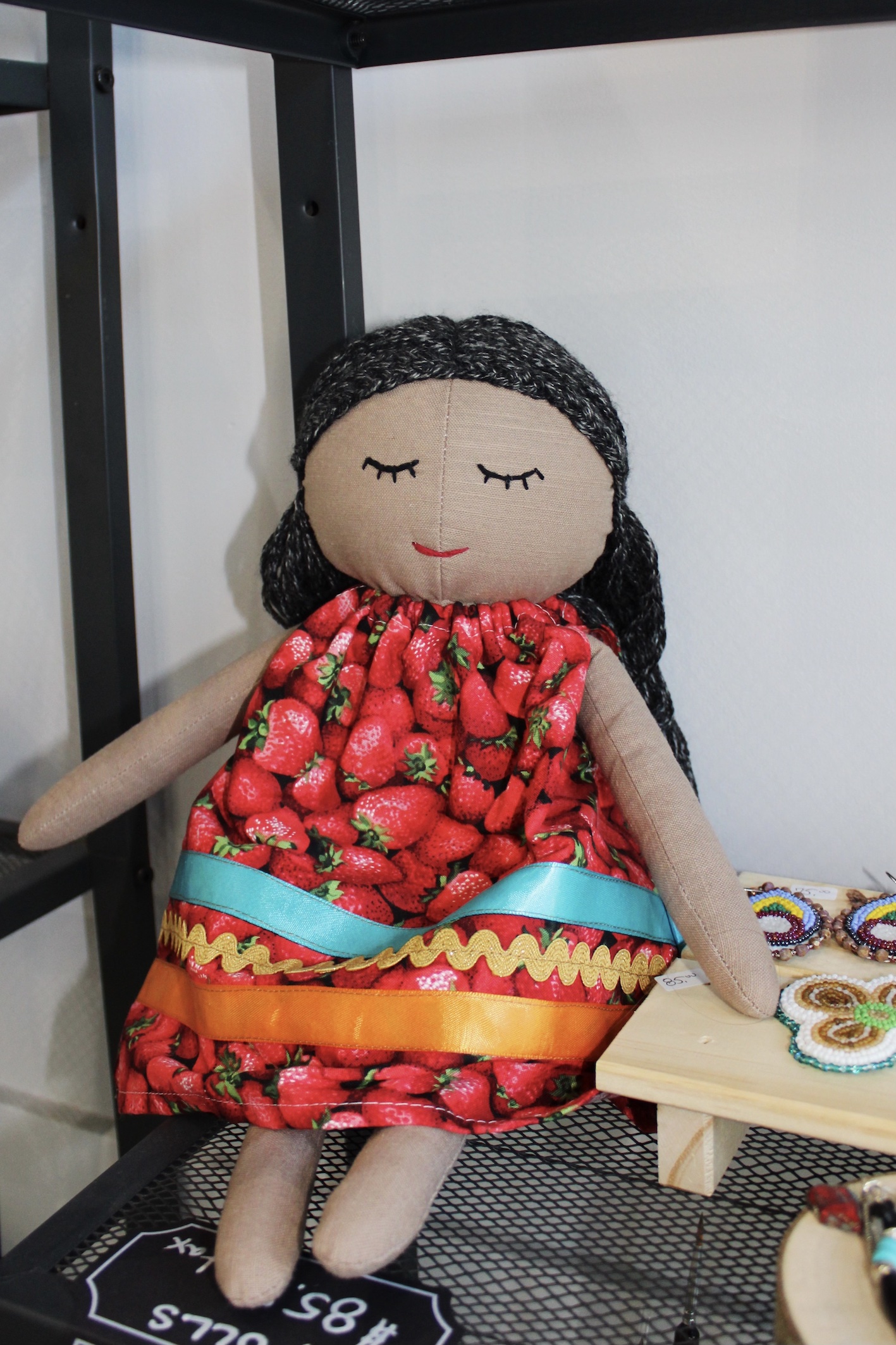Content warning: This article contains information about residential schools and intergenerational trauma. Those seeking emotional support and crisis referral services can call the 24-hour National Indian Residential School Crisis Line: 1-866-925-4419.
Local Indigenous artists are working to build community as Ottawa galleries turn their attention toward more Indigenous art and artists.
In January, the Carleton University Art Gallery (CUAG) hired Danielle Printup as their first Indigenous cultural engagement coordinator. Printup’s role at the gallery focuses on relationship-building activities rooted in the work of First Nations, Inuit and Métis artists.
In February, the National Gallery of Canada introduced a new Department of Indigenous Ways and Decolonization. The creation of this department follows the gallery’s rebrand in June 2021 to feature the Anishinaabemowin word Ankosé in its new visual identity.
Algonquin poet Albert Dumont was a member of the advisory committee that guided the gallery through forming this new identity. Dumont, alongside other local creatives Cody Coyote and Paula Naponse, is carrying the momentum from these changes into his art to raise awareness about the issues that he cares about within his community.
Cody Coyote: Music full of powerful messaging
For Anishinaabe hip-hop artist and public speaker Coyote, ancestry is at the root of his lyrical and activist work. Coyote said his grandmother was put into the residential school system by the Canadian government and his father became part of the Sixties Scoop two minutes after birth. This family history now fuels Coyote’s desire to share his message of social and political change.
“I’m someone who is unapologetically Indigenous and is very vocal about what’s happening in my family, who my ancestors are and my lineage,” Coyote said. “Once you find your voice, use it and don’t let anybody take it away from you.”

Coyote said his father also influences his approach to artistic creation.
“My dad is a poet,” Coyote said. “Inheriting that gift and talent and finding it in my own way—I’m able to make it come to life.”
In storytelling, Coyote said everybody’s life experiences are valuable in terms of fostering community.
“If you have life experience, that’s a story right there,” Coyote said. “Whether I’m talking to youth in a detention centre or folks in the community, there’s always somebody who’s going to take away something tangible from sharing a life experience.”
Interweaving calls to action and inspiring meaningful conversation in his music is another way Coyote builds community.
“I’m an advocate for positive change,” Coyote said. “But also for using my platform to initiate change in Indigenous communities, and for non-Indigenous people to step up and be allies for those who are continually being oppressed.”
Coyote’s new single, Debwe, is part of his upcoming album, Passage, to be released this spring. In the song, Coyote speaks to the healing power of artistic activism with the line, “Messages of medicine, time to make ‘em prevalent.”
He described this album as a personal project with an important discussion at its heart including laying groundwork to discuss the ongoing oppression towards Indigenous peoples.
Passage will cover topics such as police violence, the overrepresentation of Indigenous children in the child welfare system, domestic violence, unmarked graves at residential schools and Coyote’s journey learning Anishinaabemowin.
Albert Dumont: Using poetry to inspire change
Ottawa’s English poet laureate Albert Dumont is Algonquin. Dumont said he believes his position presents a unique space to express his ideas as an activist and promote poetry at the same time.

“I dedicate so many hours of my life as a human rights activist,” he said. “If I write a poem about the rights of a human being, or if I write a blog to make a point, activism is always there.”
For Dumont, nature often inspires his poetry, which he views as a source of aid to those who engage with it.
“To describe a river or to describe a sky even or maple trees. All these things are there to make life worth living,” Dumont said. “I’ve always regarded poetry as medicine and as a healer.”
Dumont said his creative endeavors are also continuously inspired by his family.
“As a human being, I always think about the past and the artistic talents of my ancestors,” Dumont said. “I ask them for guidance and inspiration, and they motivate me to produce artwork to the greatest of my ability.”
Dumont’s newest poetry anthology titled I am a Human Being is set to be released at the end of April. It features 91 responses to a prompt he put out last year, asking poets to write about what it means to be human.
Not only does Dumont’s community inspire his artistry, but his artistry also influences his community.
“In Indigenous culture, storytelling is where it’s at when it comes to helping a child become a better person or to know their strength and what they’re capable of,” he said. “It’s such a good way to educate.”
According to Dumont, this artistic touch is interwoven into his culture.
“I have great pride in my Algonquin bloodline and if you come to a lot of our Indigenous communities, you won’t travel very far down a road before you can point to a house and talk about the artistic gifts of a person who lives there,” Dumont said.
Paula Naponse: Representation for all
For Paula Naponse, her family and artistry shape her entrepreneurial ventures.

Naponse runs Beandigen, an Indigenous café in Lansdowne Park, with her daughter. Prior to opening the café, she started Ondarez in 2008, a clothing and goods boutique highlighting her Anishinaabe community on her home reservation.
“For me, art is an expression of who you are,” Naponse said. “That’s my life. That’s who I am every day. Every day I wake up, I am Anishinaabe Kwe.”
Being proud of her cultural identity is a philosophy Naponse integrates into her businesses.
“Good people, lots of land, fresh air, and my mother and grandmothers came from there,” Naponse said, describing her home reservation. “I always want to show that we have this beautiful culture, language and life.”
Currently, Naponse is making Indigenous children’s dolls to sell in Beandigen. She said these dolls tell a story and she has two reasons for making them.
“One, when I was young, I always wanted a doll like that, and I never had one. Two, to [have] dolls for our kids and to see themselves reflected in those dolls,” Naponse said.
She said the inspiration for the dolls came from other Indigenous women in her life who influence her. Honouring her relationships with these women through the materials and designs chosen for the dolls is Naponse’s artistic dream.

“I’ve finally found a way to see everything I could ever imagine come together in this little doll,” she said.
The power of art is far-reaching and artistic insights are all around us, according to Naponse.
“What motivates me is being able to create something that brings a smile to peoples’ faces,” Naponse said. “The people around us, the land and the trees, there’s so much beauty around us that we can be inspired by.”
Featured image by Saif Rahman.





